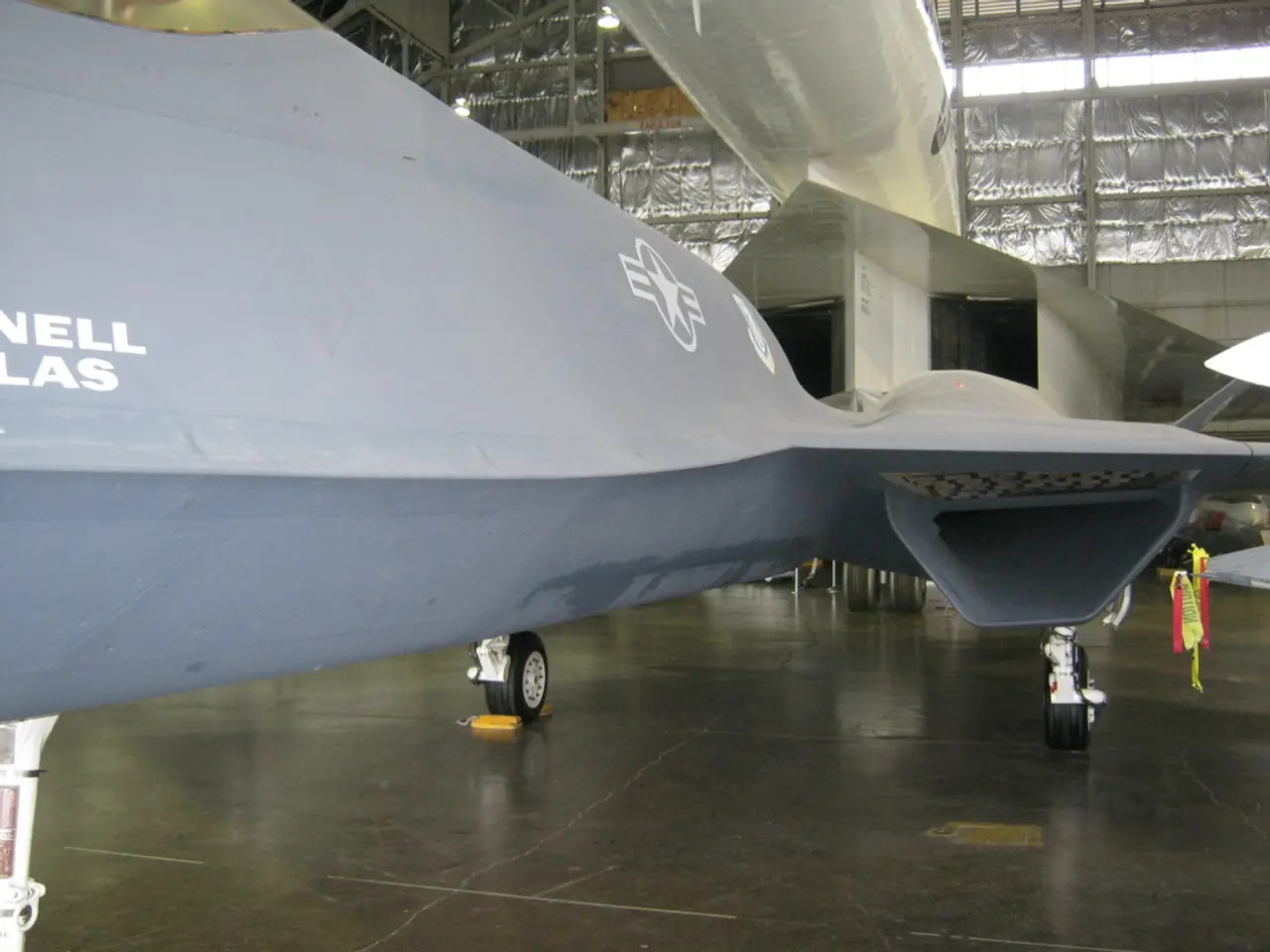Pioneering Aviator Henri Farman From the Inception Era
Henri Farman: A Pioneer in Aviation and Early Motor Racing
Henri Farman, a renowned figure in the world of aviation, was born on May 26, 1874, in Paris, France. Before his foray into the skies, Farman made a name for himself in the early days of motor racing.
Born to a father from Essex, England, and a mother from Canterbury, England, Farman's early interest in machinery led him to sports. He started as a cyclist, winning the cycling race from Paris to Clermont-Ferrand at the age of 18. In 1896, he retired from cycling after breaking the tandem bicycle record with his brother Maurice.
Farman then turned his attention to motor racing, where he made significant contributions to the burgeoning industry. His accomplishments in this field, while not as well-documented as his aviation feats, played a crucial role in shaping his future endeavours.
In 1907, Farman started building small aircraft models and constructed a simple engineless aircraft. This was a precursor to his groundbreaking work in aviation. In early 1909, he built the Farman III, which successfully took off in April of the same year.
Farman's aircraft designs were influential, although they were not always successfully replicated by others. Despite this, his contributions to aviation were undeniable. In 1908, he achieved the first European circular flight of at least one kilometer, a significant milestone in aviation history.
Farman's aviation achievements earned him respect from aviators worldwide. He retired from aviation in 1937 at the age of 63. Tragically, he passed away on July 17, 1958, in Paris, France.
In recognition of his contributions to aviation, Farman was knighted by the French state in 1919. Furthermore, models from the aircraft building facility he opened were used in World War I and for carrying passengers post-war.
While Farman's motor racing achievements before aviation are less documented compared to his later aviation feats, his presence and influence in motor sports are acknowledged. He was an active and influential figure in early motor racing, helping to popularize motor sports during the early 20th century.
In conclusion, Henri Farman was a pioneer in both motor racing and aviation. Although his racing achievements before aviation are less documented, his contributions to motor racing provided a foundation for his subsequent pioneering work in aviation. His most historically significant achievements transpired after he transitioned into aviation, where he became a key pioneer.
Henri Farman's involvement in motor racing paved the way for his success in aviation, as his understanding of machinery and competition dynamics significantly impacted his designs and innovations in the aviation industry. The aerospace and transportation sectors owe a debt of gratitude to this pioneer, who transformed the landscape of both motor racing and aviation. Farman's ventures extended beyond traditional aviation, as he also made his mark in the broader arena of finance, with his aircraft building facility playing a crucial role during World War I and in the post-war passenger transportation.








